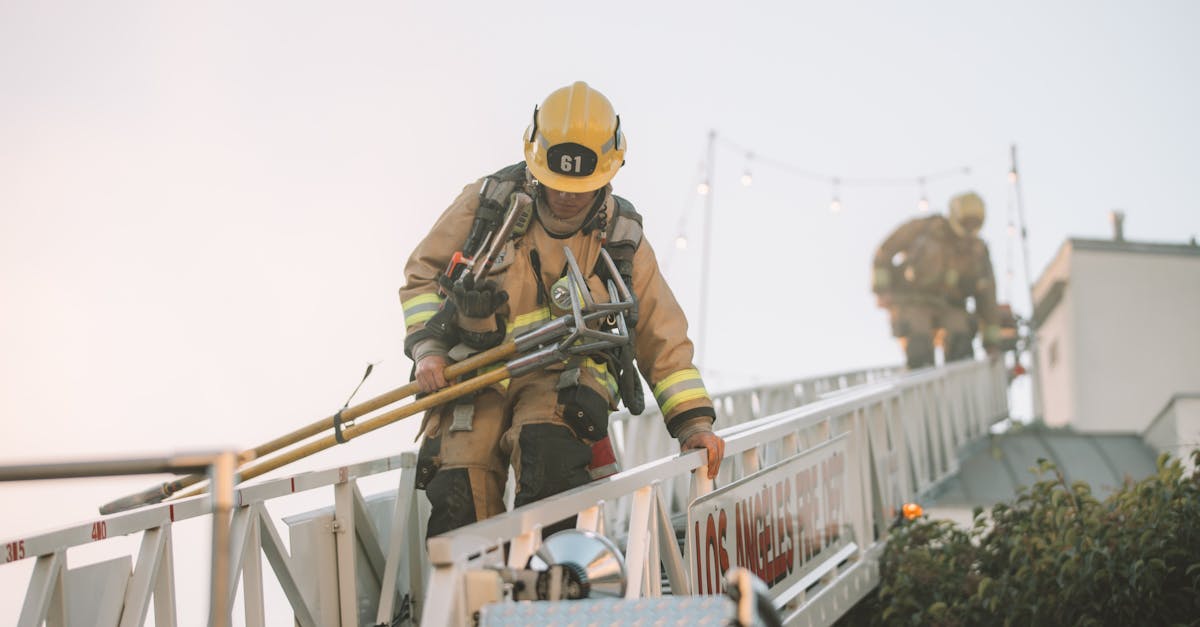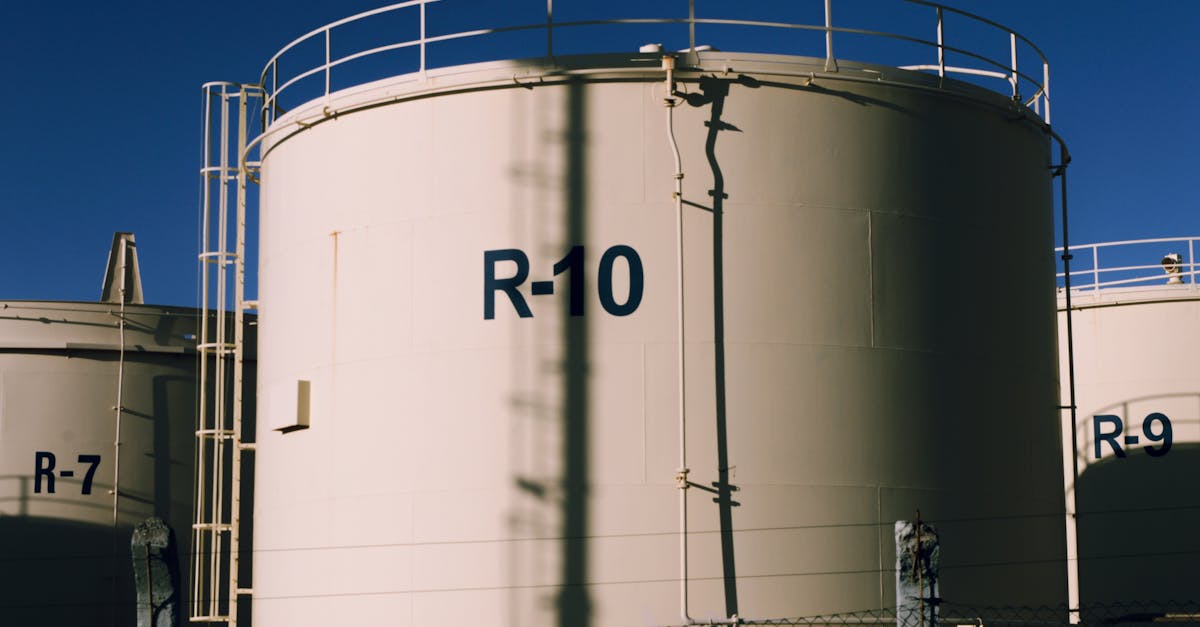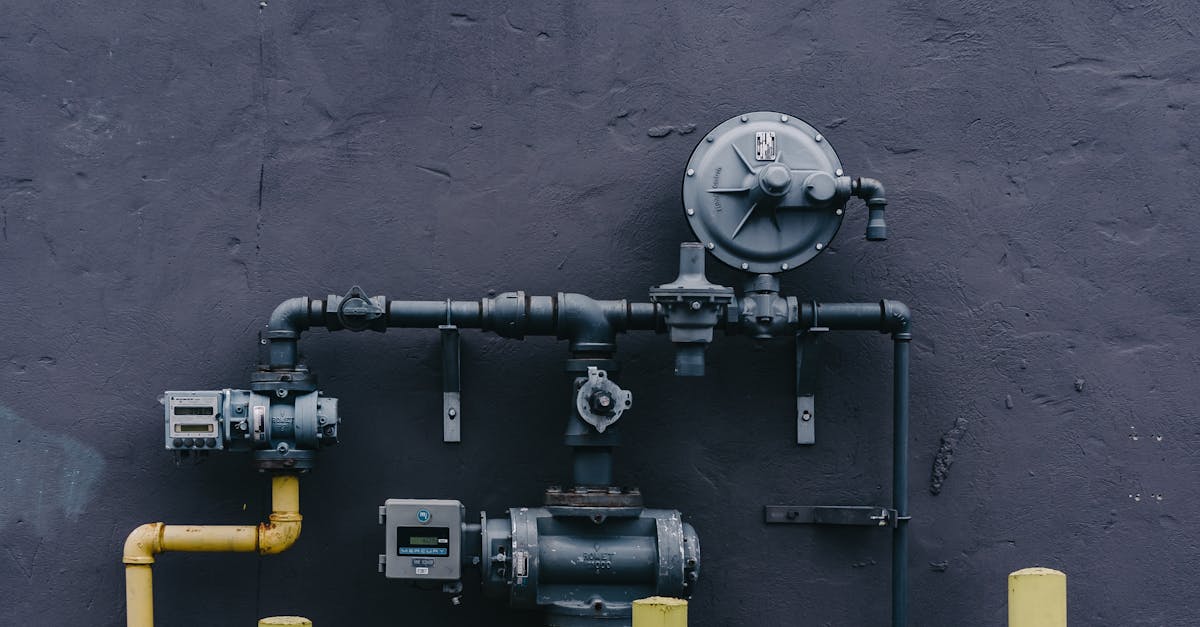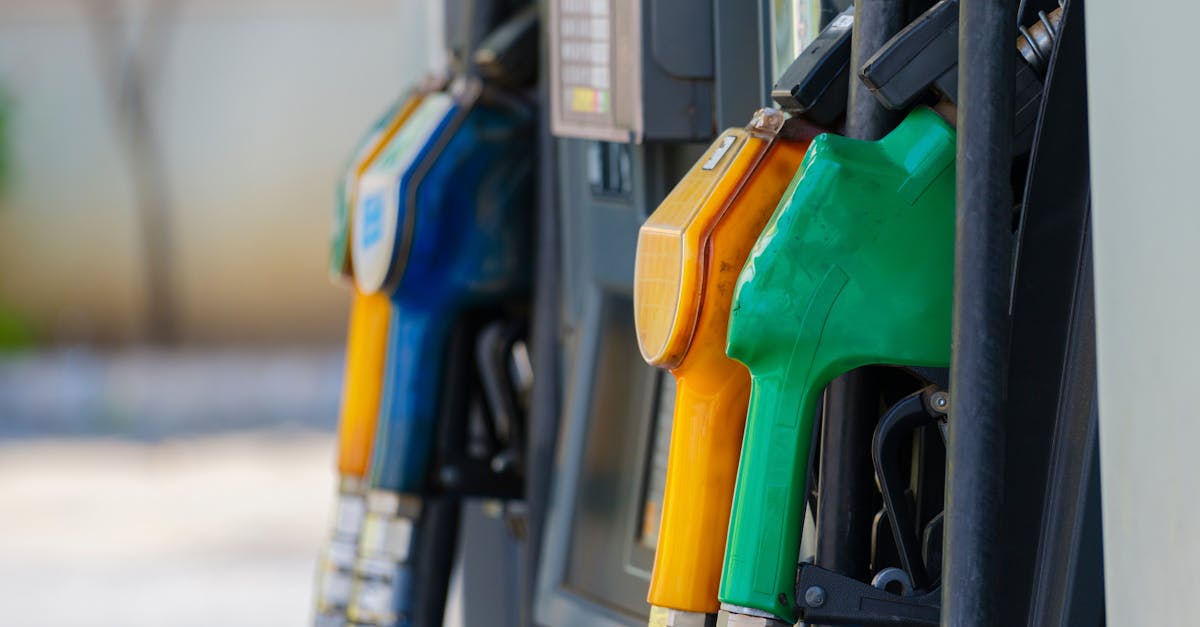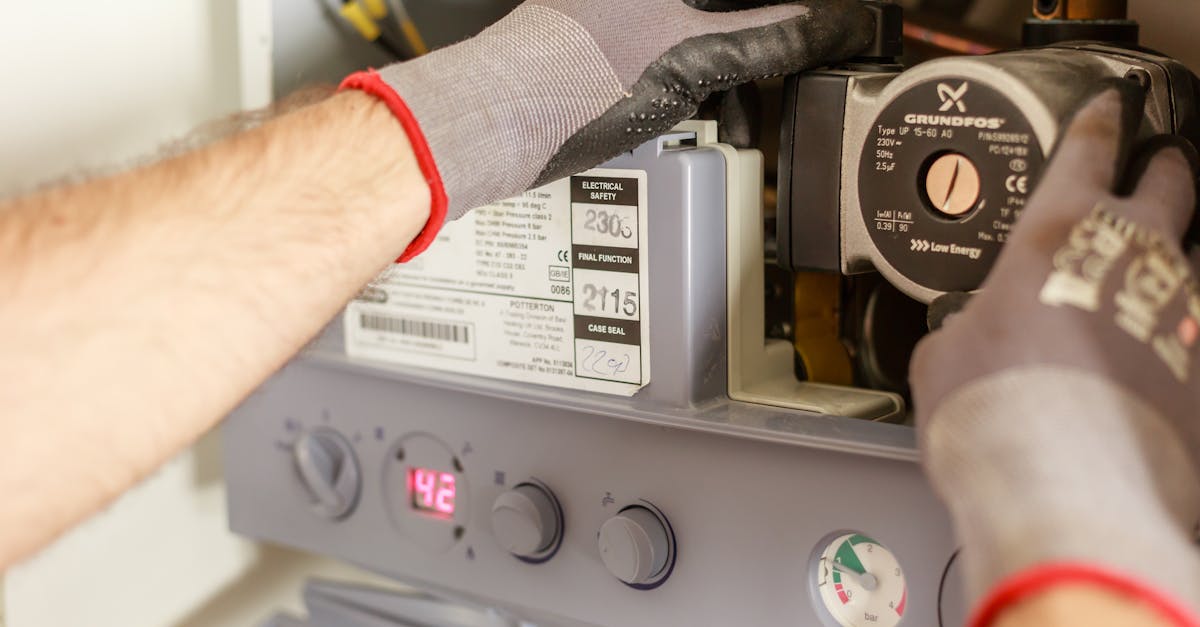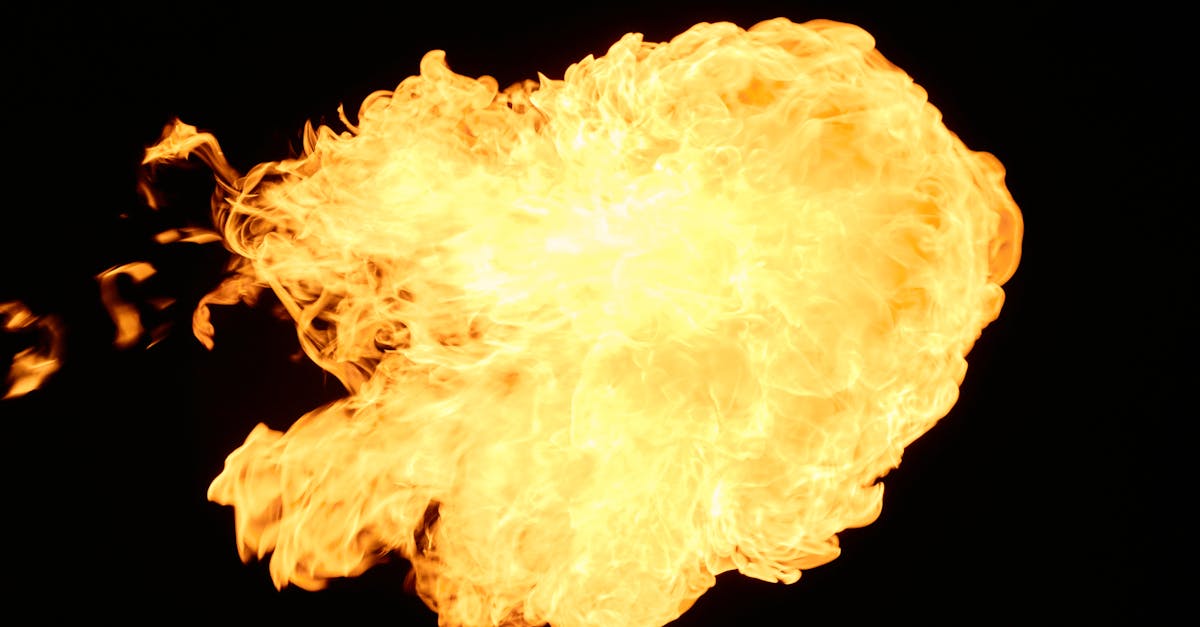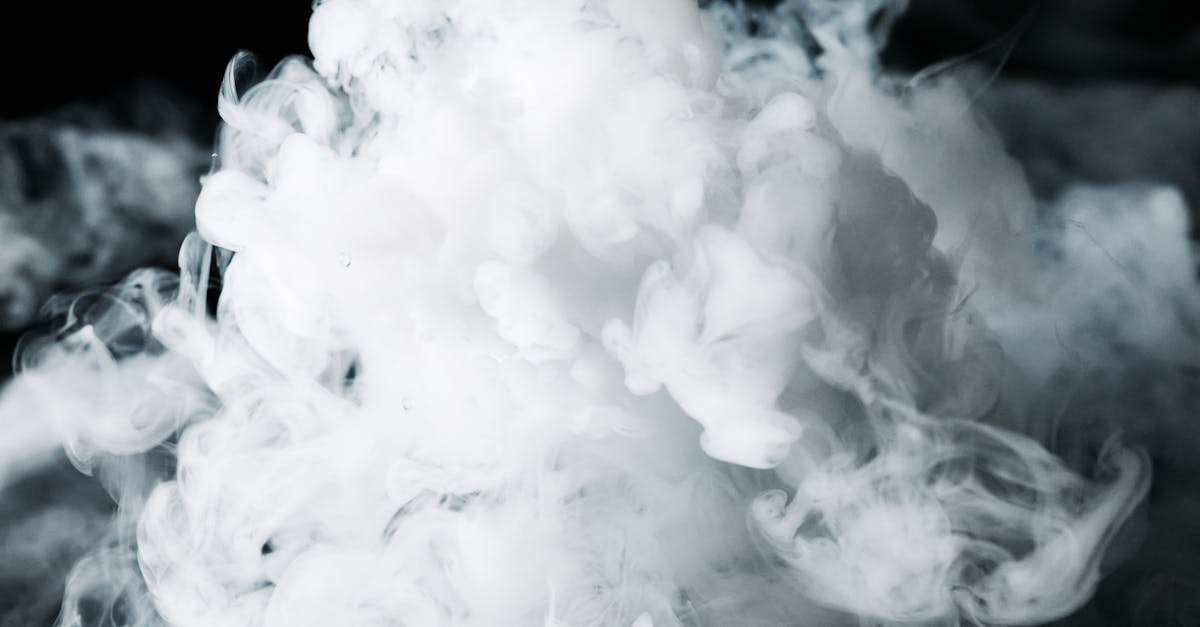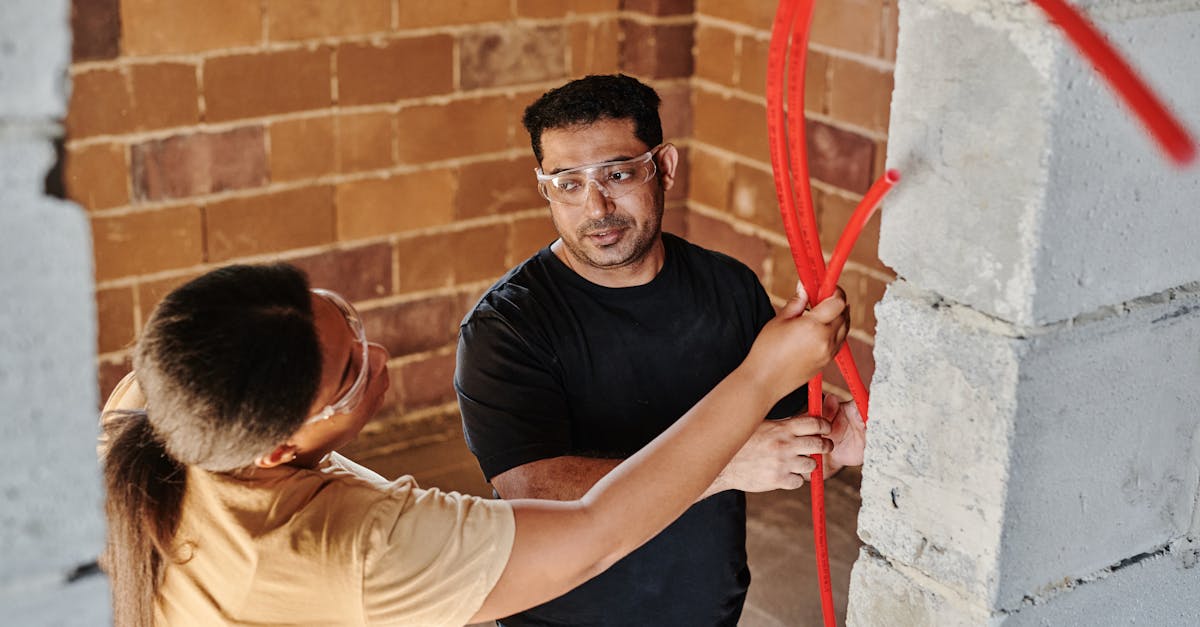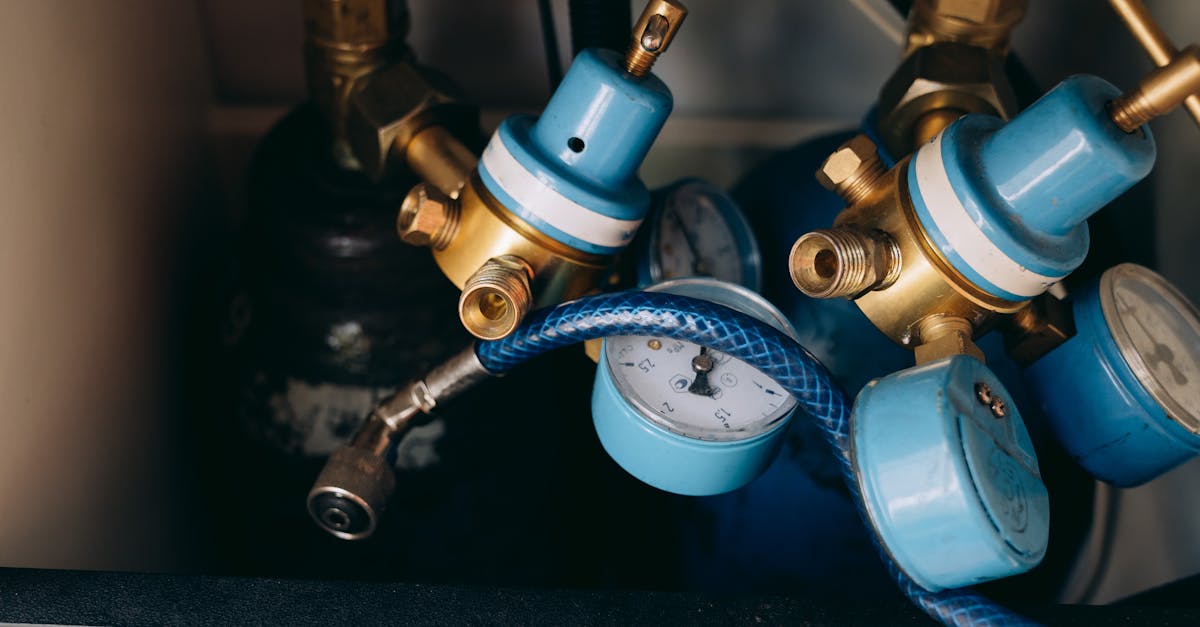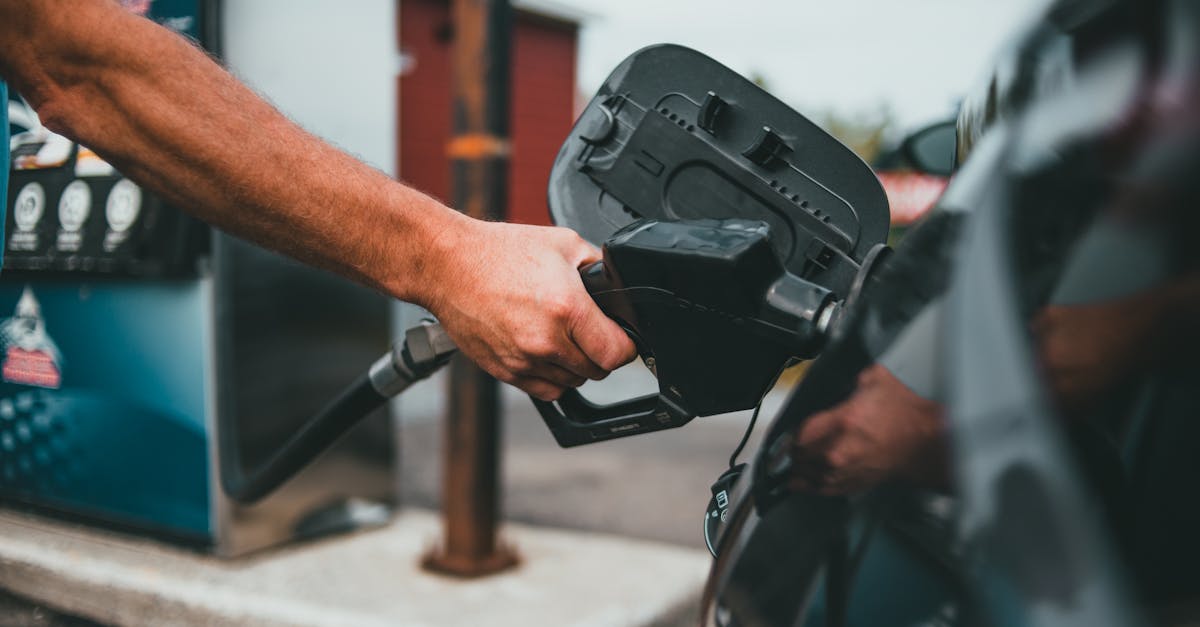
Table Of Contents
Safety Considerations When Identifying Pipes
Identifying the type of pipes in your home is crucial for safety. Confusing gas lines with water pipes can lead to severe consequences, including leaks or explosions. It’s essential to remain vigilant and prioritize safety when inspecting any plumbing or piping systems. Using the correct methods to determine the pipe's identity can protect you and your household from potential hazards.
When in doubt, consulting a professional can mitigate risks significantly. A licensed gas plumber has the expertise to safely analyze and identify any piping issues, ensuring that everything functions correctly. Relying on professional services adds an extra layer of precaution, particularly in older homes where systems may have been modified or improperly installed.
Risks Associated with Misidentifying Pipes
Misidentifying pipes can lead to dangerous consequences. Confusing a gas line with a water pipe can result in gas leaks, which pose significant health risks, including potential explosions and fires. The dangers become even more pronounced in residential settings, where families may unknowingly be exposed to harmful gases. Identifying the correct pipes is crucial for ensuring both safety and structural integrity.
In addition to immediate safety hazards, misidentifying pipes can lead to costly repairs and damages. A simple mistake, such as cutting into a gas line while intending to work on a water pipe, can create a hazardous situation that requires professional intervention. In such cases, a gas plumber will need to assess the situation and make the necessary repairs. Homeowners should prioritize proper identification to avoid these risks and expenses.
Practical Tools for Differentiating Pipes
When it comes to differentiating between gas and water pipes, several practical tools can help homeowners and professionals alike. One commonly used tool is a pipe locator, which can detect the presence of metal and the type of materials buried underground. This tool often comes equipped with features to identify the specific utilities running through the ground, offering clarity about which type of piping is present. Another valuable instrument is a pressure gauge, which can determine if the pressure within a pipe indicates gas or water flow.
For those who are less experienced in plumbing, a gas plumber can be an invaluable resource. They possess the knowledge and tools necessary to identify and work with various pipe types safely. A gas plumber can use specialized equipment, like gas leak detectors, which are designed to sense the presence of gas in the environment. By leveraging their expertise and the right tools, the risks associated with misidentifying pipes can be effectively minimized.
Recommended Tools for Homeowners
For homeowners looking to identify the type of pipes in their residence, having the right tools can make a significant difference. A straightforward method involves using a magnet, as metallic gas pipes will typically attract magnets while some water pipes may not. Additionally, a basic pipe inspection camera can provide visual access to the inside of pipes, allowing for a clearer distinction between the two types. Investing in these handy tools not only enhances safety but also fosters a better understanding of the plumbing system.
If uncertainty remains after using these tools, calling a professional is a wise choice. A certified gas plumber can accurately assess the situation and provide expert recommendations. This ensures not only the correct identification of the pipes but also prevents potential hazards associated with misidentification. Having professionals on hand can eliminate doubts and enhance safety in the home, allowing homeowners to feel more confident about their plumbing systems.
Professional Inspection Services
Engaging professional inspection services can provide invaluable support in identifying gas and water pipes. Skilled technicians are trained to navigate various systems and understand the specific indicators of each type of pipe. They utilize specialized equipment to detect leaks and pressure issues, offering a level of precision that may be challenging to achieve independently. Knowing when to call for professional help is crucial, especially in situations where safety is a concern.
A gas plumber brings expertise that can ensure your home remains safe and secure. These professionals can perform comprehensive assessments of your plumbing infrastructure, pinpointing potential hazards that could arise from misidentified pipes. Their knowledge of local regulations and safety standards is critical, as improper handling of gas installations can lead to severe consequences. Relying on a qualified technician is the best way to ensure that your piping systems are correctly identified and maintained.
When to Call a Plumber or Gas Technician
If there is any uncertainty regarding the type of pipes in your home, it is advisable to consult a professional. A qualified gas plumber can accurately identify and assess gas lines to prevent hazardous situations. Misidentification of pipes could lead to serious risks, including leaks or explosions. Relying on experts ensures safety and compliance with local codes.
In cases of malfunction or damage to piping systems, seeking immediate assistance is essential. Homeowners should not attempt repairs without adequate knowledge or tools. A professional inspection provides peace of mind, ensuring that all systems function properly and safely. Taking prompt action can help avoid more significant issues in the future.
FAQS
What are the key visual differences between gas and water pipes?
Gas pipes are typically made of steel or yellow polyethylene and are often labeled with a yellow warning label, while water pipes are often made of copper, PVC, or PEX and may be color-coded (such as blue for cold water and red for hot water).
Why is it important to correctly identify gas and water pipes?
Misidentifying pipes can lead to serious safety hazards, such as gas leaks or water damage. Gas leaks can result in explosions or health risks from inhalation, while accidental damage to water pipes can cause flooding and structural damage.
What practical tools can I use to help differentiate between gas and water pipes?
Tools such as a pipe locator, pipe inspection camera, and even a simple magnet can help. For example, magnet tests can help identify steel gas pipes, while other tools can help assess material type more accurately.
When should I consider calling a professional for pipe identification?
It’s advisable to call a plumber or gas technician when you’re unsure about the type of pipes in your home, especially if you suspect a leak or if you plan to do any renovations that may involve these pipes.
Can I rely solely on my own observations to identify the pipes?
While you can make some initial assessments based on visual cues, it’s often best to consult with professionals who have the expertise and tools to accurately identify and ensure the safety of your plumbing and gas systems.
